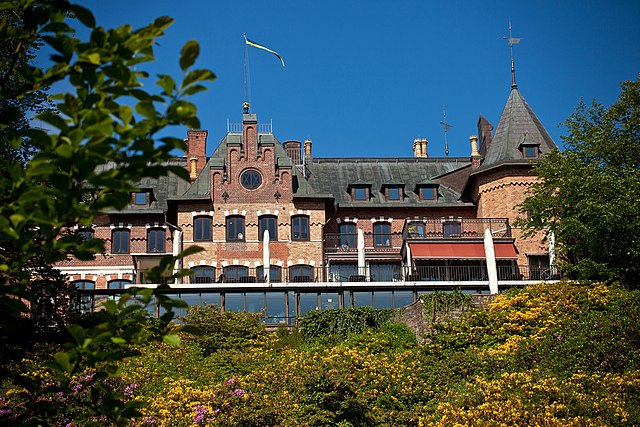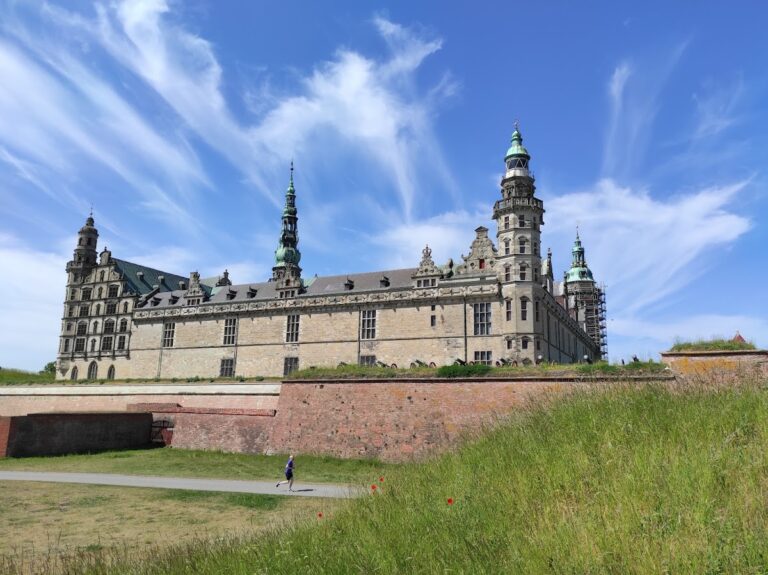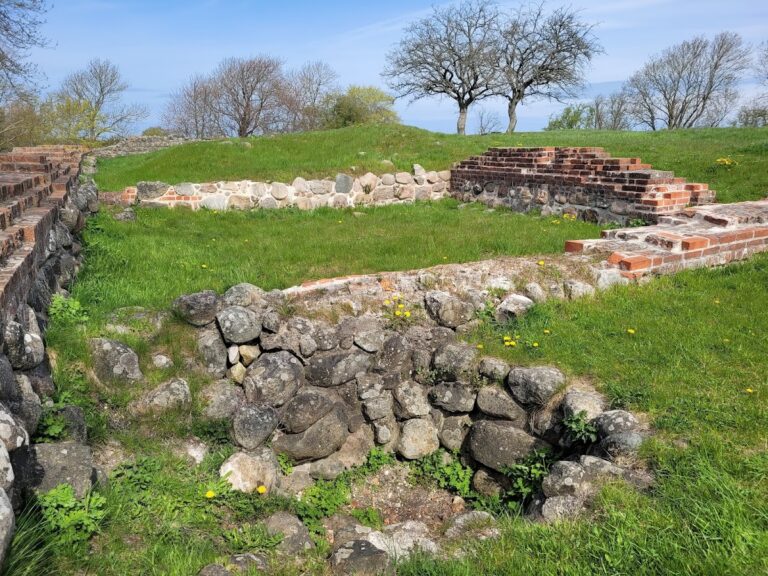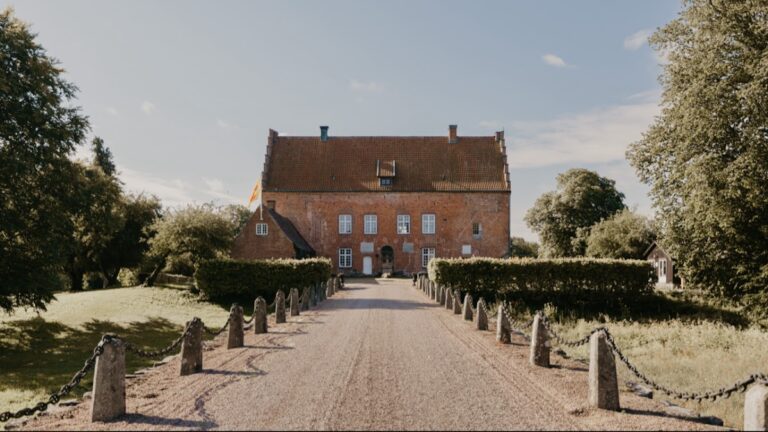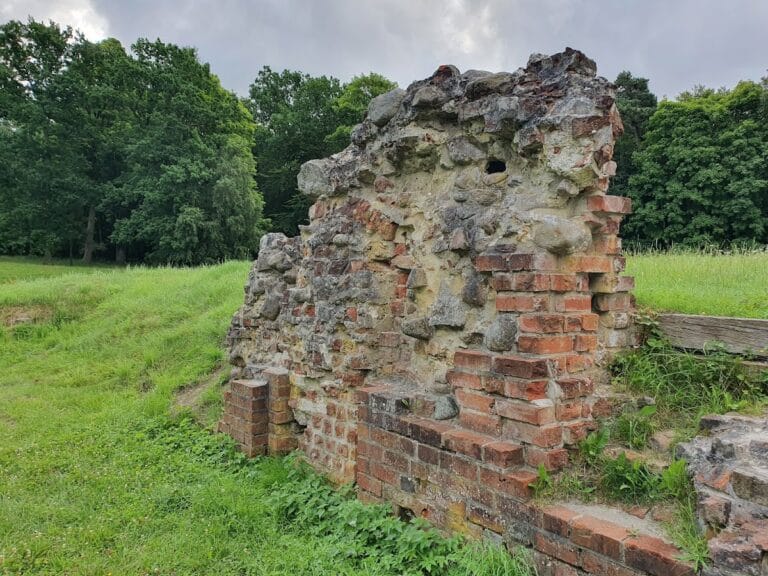Sofiero Palace: A Historic Royal Residence and Garden in Helsingborg, Sweden
Visitor Information
Google Rating: 4.6
Popularity: Medium
Google Maps: View on Google Maps
Official Website: www.sofiero.se
Country: Sweden
Civilization: Unclassified
Remains: Military
History
Sofiero Palace is located in the municipality of Helsingborg, Sweden, and was established by the Swedish royal family. The estate originally began as a farm known as Skrabelycke, which was acquired in 1864 by Prince Oscar of Sweden and his wife Sofia of Nassau. Soon after, in 1865, they completed a one-story palace on the site, marking the founding phase of Sofiero as a royal residence. During the years following Prince Oscar’s ascension as King Oscar II of Sweden and Norway, the palace underwent expansion between 1874 and 1876, evolving into a grander two-story building to better suit its royal inhabitants.
In 1905, Sofiero Palace entered a new chapter when Prince Gustaf Adolf, who later became King Gustaf VI Adolf, and his wife, Crown Princess Margareta of Connaught, received the estate as a wedding gift. They embarked on a modernization of the palace and dedicated particular attention to enhancing the surrounding gardens. Under their care, the gardens were transformed notably, especially through the cultivation of an extensive rhododendron collection which would gain fame across northern Europe.
Throughout the 20th century, Sofiero served as the official summer residence of King Gustaf VI Adolf until his death in 1973. Committed to preserving the estate’s legacy, the king bequeathed Sofiero to the city of Helsingborg, stipulating that the park and its gardens remain well maintained and open for public enjoyment. The palace has welcomed numerous distinguished guests over the years, including Tsar Alexander in 1893, King Edward VII of the United Kingdom in 1901, Indian Prime Minister Jawaharlal Nehru in 1957, US President Dwight D. Eisenhower in 1962, and Vice President Lyndon B. Johnson in 1963.
Following the king’s death, the city opened the park to the public in 1974 and developed it into a cultural space featuring exhibitions and concerts. The grounds received notable recognition in 2010 when the park was crowned Europe’s most beautiful. Continuing to evolve, a steel bridge named Sofia’s Bridge was built in 2018 across a ravine near the palace. The bridge, stretching 57 meters in length, was honored with a steel construction award in 2021, linking historical preservation with modern architectural achievement.
Remains
The Sofiero Palace site comprises a two-story palace building surrounded by an extensive 15-hectare park shaped by the English Arts and Crafts gardening style. The palace itself originated as a single-story summer villa with six towers, built in 1865, then expanded during 1874 to 1876 to encompass 35 rooms. The structure overlooks the Öresund strait approximately five kilometers north of Helsingborg, positioned above a ravine that slopes down to the water’s edge.
The gardens surrounding the palace include a remarkable collection of rhododendrons, the largest of its kind in northern Europe, with around 10,000 plants representing nearly 500 species and hybrids. These are mainly arranged in two valleys located to the north and south of the palace. Complementing this vibrant flora are garden features such as a rose path, a kitchen garden, and dedicated areas for dahlias and melons. The grounds also contain a greenhouse and a labyrinth shaped for visitors to explore, as well as a pond adding to the varied landscape.
Among the built features in the park is a winery erected in 1914, constructed on a masonry foundation and measuring 15 by 5 meters with a height of nearly five meters. Remarkably, this building remains integral to the site’s horticultural heritage, as it still nurtures grapevines planted during its initial establishment. The gardens are also enhanced by sculptures and a monument honoring King Gustaf VI Adolf. Around the grounds, visitors encounter a lion labyrinth, workshop and exhibition spaces, along with a souvenir shop and a children’s playground anchored by a house dating back to 1917.
The eastern boundary of the park is defined by a lengthy stone wall running north to south. Alongside this wall stretches a wide perennial border, and nearby fruit trees such as plum and pear thrive, blending cultivated and natural elements. In 2016, the Jubilee Garden was created by landscape architect Mona Wembling to commemorate the 150th anniversary of Sofiero. This garden provides a space designed for relaxation and inspiration, consistent with the estate’s long tradition of integrating garden artistry with the natural surroundings.
Presently, the palace building serves multiple purposes including housing a restaurant, a café, and occasionally an art gallery, while the surrounding park continues to be maintained with careful attention to preserving the historical layout and character as outlined in King Gustaf VI Adolf’s will.


